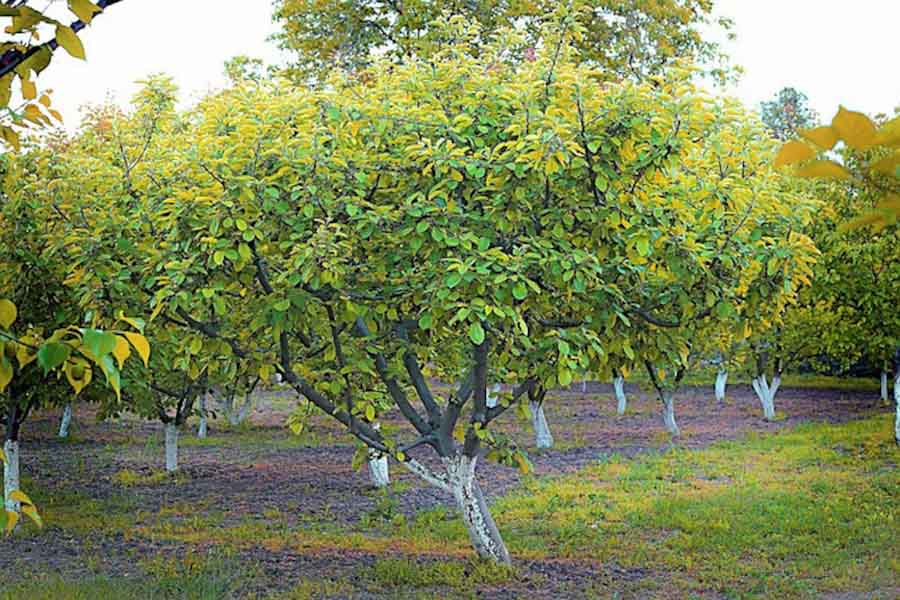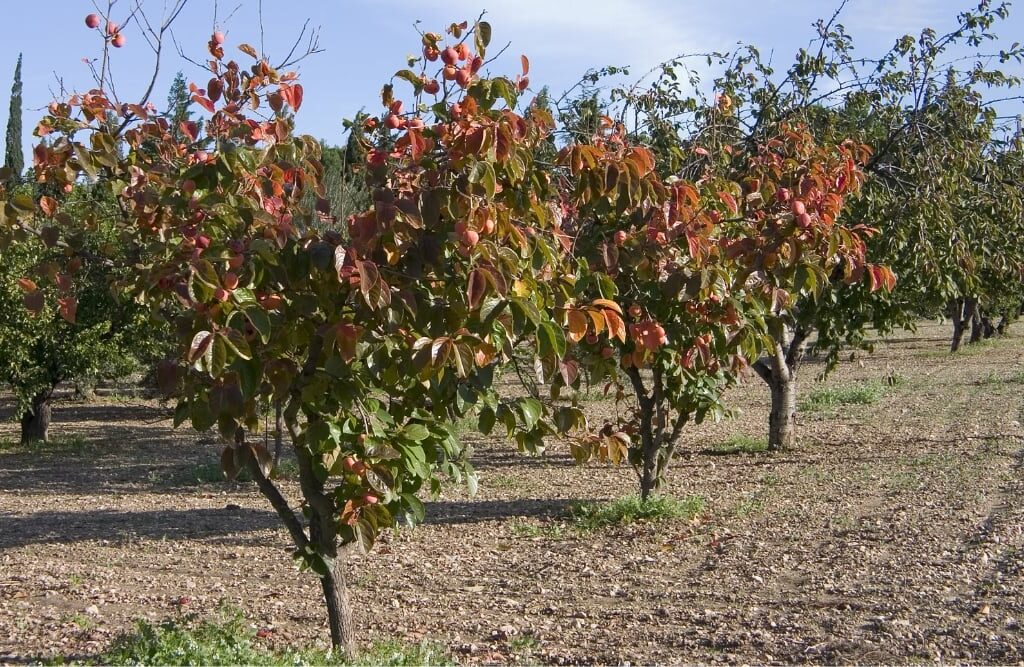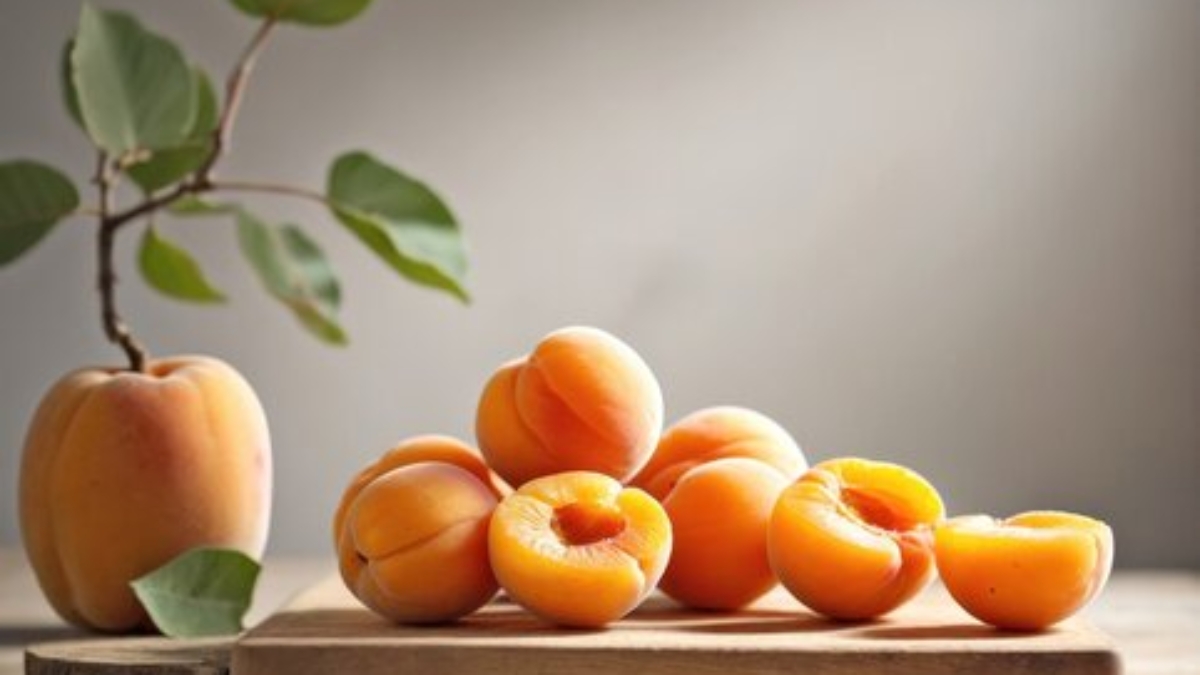If you’ve ever tasted a sun-ripened apricot fresh from the tree, you’ll know it’s a world apart from store-bought varieties. Sweet, juicy, and bursting with flavor, apricots are one of the most rewarding fruits to grow at home. The good news? If you live in a warmer zone — USDA zones 7–10 — you’re in a prime position to successfully grow these golden, fragrant fruits in your own backyard.
In this guide, we’ll walk you through how to grow apricots in warmer zones, from choosing the right variety to planting, caring, and harvesting your fruit for seasons to come.

Why Grow Apricots at Home?
Growing apricots offers a host of benefits beyond the pleasure of fresh, organic fruit:
- Chemical-free, homegrown produce
- Beautiful spring blossoms that attract pollinators
- Versatile fruit for fresh eating, jams, drying, and baking
- Compact tree options for small gardens or patio containers
If you’re in a warm region with plenty of sunshine and mild winters, apricots are a natural fit for your edible garden.
Best Apricot Varieties for Warmer Zones
The key to apricot-growing success lies in choosing varieties that thrive in your climate. In warmer regions, you’ll want types that require fewer chilling hours (the cumulative number of hours between 32–45°F in winter necessary to set fruit).
Top Apricot Varieties for Warm Zones:
- Katy – Early ripening, low-chill variety needing around 300 chilling hours.
- Blenheim (Royal) – Classic, flavorful, and reliable in mild-winter climates.
- Gold Kist – Requires about 300 chilling hours and produces early, sweet fruit.
- Tropic Gold – A great apricot for hot summers and mild winters, needing only 300–400 chilling hours.
- Autumn Glo – Late-harvest apricot perfect for extending the fruit season.
Tip: Opt for self-pollinating varieties like Katy and Tropic Gold if you have limited space.

Where and How to Plant Apricot Trees
Site Selection:
Apricots love full sun and well-drained soil. Choose a location that receives at least 6–8 hours of direct sunlight daily and is protected from strong winds.
Ideal Soil:
- Sandy loam or loamy soil
- pH between 6.0–7.5
- Good drainage is essential to prevent root rot
Tip: If you have heavy clay soil, amend it with organic matter or consider planting in a raised bed or large container.
Planting Steps:
- Timing:
Plant bare-root trees in late winter or early spring. Container-grown trees can go in any time the soil is workable. - Prepare the Soil:
Dig a hole twice the width of the root ball and as deep. Mix in compost and aged manure for added nutrients. - Plant the Tree:
Set the tree at the same depth it grew in the nursery. Backfill with soil, gently firming it in. - Water Thoroughly:
Water deeply after planting and keep the soil evenly moist, especially in the first year. - Mulch:
Apply a 2–3 inch layer of organic mulch, keeping it a few inches away from the trunk to deter pests and prevent rot.
Growing Apricots in Containers
If space is tight, or you want a portable option, apricots do well in large containers.
You’ll need:
- A pot at least 20–24 inches wide and deep
- Well-draining potting mix with added organic compost
- A low-chill, self-fertile dwarf variety
Care Tips:
- Place in a sunny, sheltered spot
- Water more frequently than in-ground trees
- Feed with a balanced fertilizer in spring and summer

Watering and Feeding Apricot Trees
Watering:
- Water young trees deeply once or twice a week during dry spells
- Mature trees need consistent moisture during fruit development, but avoid waterlogged soil
- Reduce watering in late summer to help harden new growth for winter
Feeding:
- Feed in early spring with a balanced fertilizer (10-10-10)
- Apply compost or well-rotted manure around the base annually
- Use a potassium-rich feed (like tomato fertilizer) during fruiting for better yields
Pruning Apricot Trees
Pruning is essential for maintaining a manageable size, improving airflow, and boosting fruit production.
When to Prune:
- In late spring or early summer, after harvesting
- Avoid pruning in winter to reduce the risk of disease like silver leaf
How to Prune:
- Remove any dead, diseased, or crossing branches
- Thin out crowded growth to let light into the canopy
- Aim for an open, vase-like shape to improve air circulation and fruit access

Protecting Apricots from Pests and Diseases
Apricots are fairly resilient in warmer climates, but they can still face a few challenges.
Common Pests:
- Aphids: Control with insecticidal soap or neem oil
- Fruit borers: Remove affected fruit and prune out damaged limbs
- Birds: Use netting as fruit ripens to protect your harvest
Common Diseases:
- Brown Rot: A fungal disease causing fruit to rot. Prevent with good pruning and by removing any fallen fruit.
- Bacterial Canker: Look for sunken, gumming lesions on branches. Prune affected areas and improve air circulation.
Tip: Practice good garden hygiene by clearing fallen leaves and debris to reduce disease risks.
When and How to Harvest Apricots
Apricots generally ripen in early to mid-summer, depending on your variety and location.
Signs of ripeness:
- Full golden-orange color
- Slight softness to the touch
- A sweet, aromatic scent
Harvesting Tips:
- Gently twist the fruit off the branch
- Handle carefully — apricots bruise easily
- Harvest over several days as they ripen in batches

Storing and Using Apricots
Fresh apricots are best enjoyed within a few days of harvesting but can be preserved in various ways.
Storage Options:
- Refrigerate for up to 5 days
- Freeze for smoothies or baking
- Dry using a dehydrator for healthy snacks
- Make jams, jellies, chutneys, or fruit leather
Tips for Success in Warmer Zones
- Choose low-chill varieties
- Protect from hot, dry winds with a fence or windbreak
- Use mulch to retain soil moisture during scorching summers
- Plant in a spot with good air circulation to prevent disease
- Avoid excessive nitrogen fertilizers, which can lead to soft, disease-prone fruit
Final Thoughts
Growing apricots in warmer zones is both achievable and rewarding. With the right variety selection, sunny planting site, and consistent care, you’ll be enjoying baskets of luscious, homegrown apricots in just a few seasons. Whether you have a generous backyard or a sunny patio, apricots can easily find a home in your edible landscape.
Why settle for store-bought when you can pick your own sun-warmed fruit right outside your door? Start planting today — your future summer harvest is waiting.






Leave A Comment